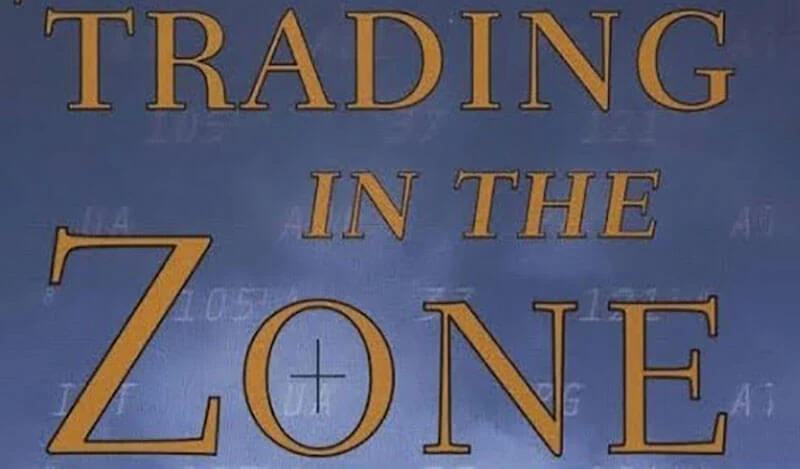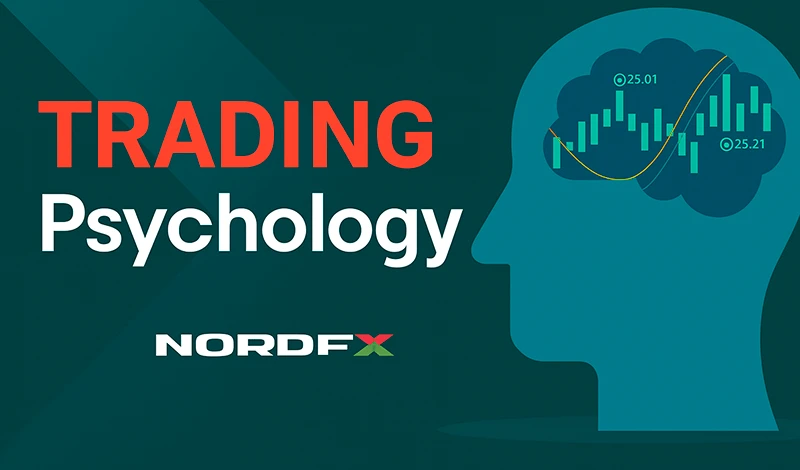Trading in the Zone by Mark Douglas has become a cornerstone resource for traders seeking consistency, discipline, and emotional control in the financial markets. Available widely in PDF format, this book goes far beyond charts and indicators—it dives deep into the psychological framework that separates winning traders from the rest. In this article, we explore the key ideas from Trading in the Zone, provide a detailed walkthrough of the PDF, share background on the author, and explain how to apply its principles across forex, stocks, crypto, and more. Whether you're a new trader or a seasoned pro, understanding this mindset could change the way you trade forever.
Download Trading in the Zone pdf
Table of Contents
About the Author: Mark Douglas
Overview of “Trading in the Zone”
Core Concepts and Mindset Framework
Structured Rules and Discipline
How to Implement the Zone Mindset
Key Takeaways
- Embracing uncertainty and probabilistic thinking reduces emotional stress
- Predefined risk control and consistent rules form the backbone of discipline
- Emotional resilience comes from routines, journaling, and self-awareness
- Full PDF excerpts add clarity on mindset shifts and trading edge
🔗 About
About the Author: Mark Douglas
Mark Douglas (1948–2015) was a trading psychology pioneer. With years of experience as a broker and trading educator, he authored two influential books: The Disciplined Trader (1990) and Trading in the Zone (2000). Douglas focused on transforming traders’ mental frameworks and addressing the emotional and belief-based challenges that often lead to inconsistency. His legacy continues through workshops, training programs, and this widely referenced book.
🔗 Overview
Overview of “Trading in the Zone”
First published in the year 2000, Trading in the Zone by Mark Douglas has earned its place as one of the most influential books in trading psychology. Spanning roughly 235 pages, the book presents a structured and practical approach to overcoming the internal obstacles that prevent traders from achieving consistent profitability. Unlike many trading books that focus on technical indicators or chart patterns, this one zeroes in on the trader's mind—the real battleground where most successes and failures occur.

At its core, the book challenges traditional thinking by urging traders to stop chasing certainty and instead embrace the inherent unpredictability of markets. Douglas argues that most trading mistakes—hesitating, cutting profits short, letting losses run, or revenge trading—stem not from a lack of knowledge, but from psychological resistance to uncertainty and loss.
The book explores three major pillars:
- Thinking in probabilities: Traders must abandon the idea of “being right” and instead learn to approach each trade as one event in a larger statistical series.
- Understanding beliefs and emotions: Douglas explains how deep-seated beliefs, often unconscious, shape how we interpret price movements, take risks, and respond to market feedback.
- Developing consistency through mental discipline: The goal is to create a psychological environment where disciplined execution becomes automatic, rather than emotionally driven.
The PDF version of Trading in the Zone is widely circulated and closely mirrors the structure of the original print edition. It’s typically organized into eight chapters, each building on the last to gradually reshape the reader’s mindset. The digital format makes it easy to search, annotate, and return to key passages—ideal for traders who use it as a regular reference or training manual.
In short, Trading in the Zone is not just a book you read once—it’s a guide you return to repeatedly as your trading career evolves. Its teachings form the psychological foundation upon which any successful strategy or system can be built. Whether you’re struggling with discipline, plagued by emotional swings, or simply looking to level up your performance, the insights within these pages are timeless.
🔗 Core
Core Concepts and Mindset Framework
Probabilistic Thinking
Douglas stresses adopting a probabilistic mindset—seeing each trade as one of many with uncertain outcomes. Key ideas include:
Concept | Description |
Outcome Uncertainty | Every trade’s result is inherently unpredictable |
Edge vs. Outcome | Focus on a process (edge), not on individual wins or losses |
Statistical Confidence | Confidence builds through repetition, not from single trades |
He uses personal anecdotes to illustrate how traders get caught up in the emotional swing of wins and losses, rather than focusing on their overall edge.
Risk Management and Emotional Control
The book encourages traders to:
- Define risk per trade quantitatively (for example, 1-2% of account)
- Use stop losses consistently to control psychologically difficult emotions
- Recognize states of fear, greed, and doubt, and how they impact decision making
Examples from the PDF show Douglas advising traders to visualize worst-case scenarios mentally and accept losses before placing trades.
🔗 Rules
Structured Rules and Discipline
Douglas outlines a trader’s rulebook:
- Predefine risk before every trade
- Stick to your trading plan—no exceptions
- Keep track of emotions and triggers
- Accept losses as part of the process
- Journal every trade in detail
- Reflect periodically to refine mindset and improve consistency
These rules serve to support self-discipline and maintain emotional balance.

🔗 Zone
How to Implement the Zone Mindset
- Pre-trading routine: meditation or mental check-ins before the session
- Pre-trade assessment: quick mental checklist—am I calm? focused?
- Trade journaling: record setup, mindset, internal states, deviations, and outcome
- Review process: weekly and monthly reviews of journal entries to spot patterns
- Reset rituals: e.g., short breaks or routines after losses to maintain equilibrium
Tools and Strategies That Complement the Psychology
The psychological framework in Trading in the Zone pairs well with practical approaches:
- Price-action strategies that reflect emotional market behavior
- Tick and intraday patterns where discipline and emotional control are critical
- Journaling tools to track and measure mindset over time
Annotated Walkthrough of the PDF
Here’s a chapter-by-chapter outline with key highlights:
Chapter | Focus Area | Key Insights |
1 | Mindset Foundation | Introduces uncertainty and the importance of letting go of certainty |
2 | Limiting Beliefs | How beliefs shape perception and decisions |
3 | Risk Acceptance | Emphasizes accepting losses as inherent to trading |
4 | Rule Creation | Designing personal and mental rules to shape behavior |
5 | Consistency | Shows consequences of inconsistent actions |
6 | System Development | Combines mindset with a trading system |
7 | Reflection | Importance of journaling and self-analysis |
8 | Professional Mindset | Moving from amateur to professional psychological standards |
From the PDF “Trading in the Zone”:
“Consistency is the result of hard work, and disciplined thought, not chance.”
🔗 FAQ
FAQ
What is “the Zone” in trading?
A mental state marked by optimal focus, emotional control, and execution according to plan—free of hesitation or distraction.
Does Trading in the Zone cover technical analysis?
No—it focuses on psychology. Technical or fundamental tools are for execution; mindset is what enables consistent use.
Who should read this book?
Discretionary traders in forex, stocks, crypto, commodities, futures—anyone whose emotions influence decision-making.
How do I journal my trades effectively?
Record setup, mindset before entry, how you felt during the trade, any deviations, and post-trade reflections.
Volver Volver
